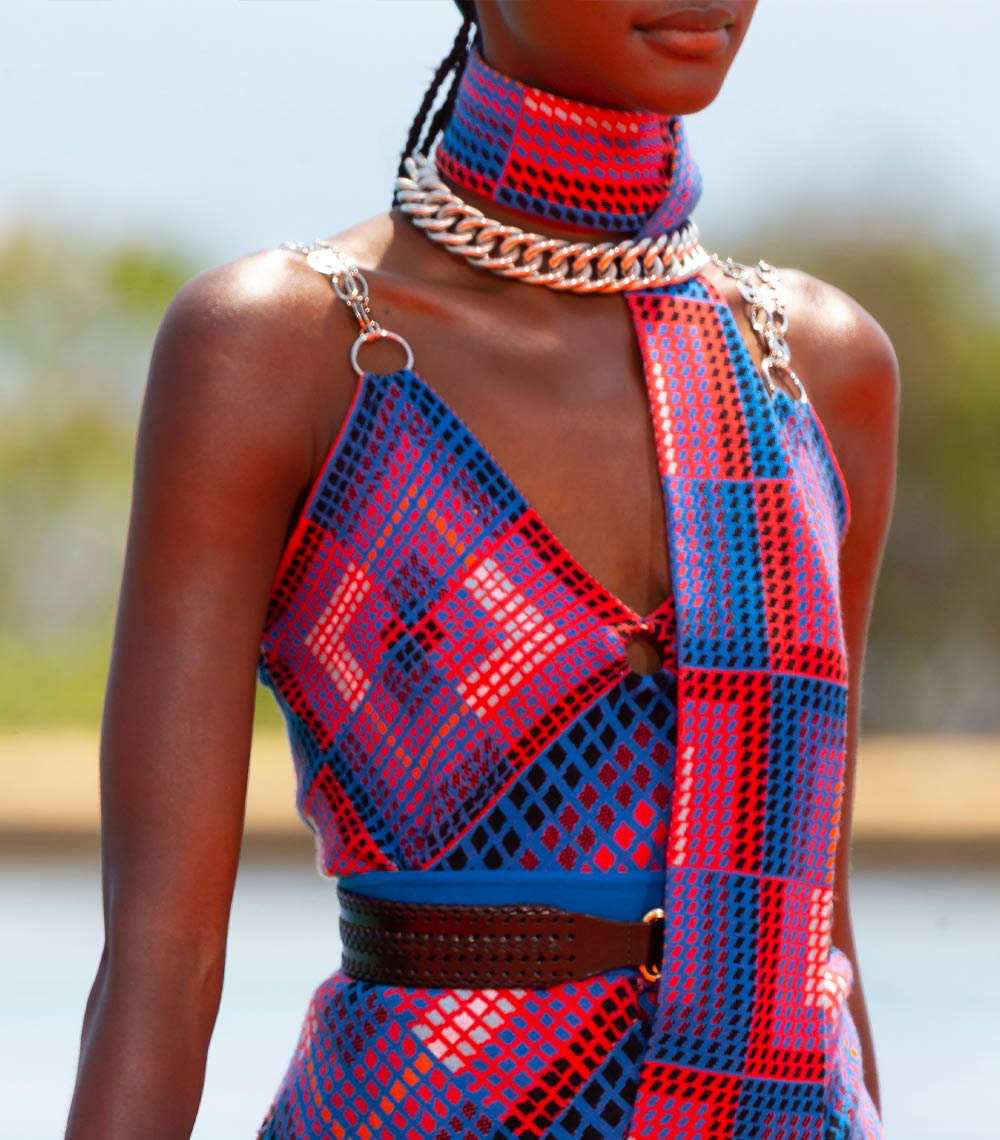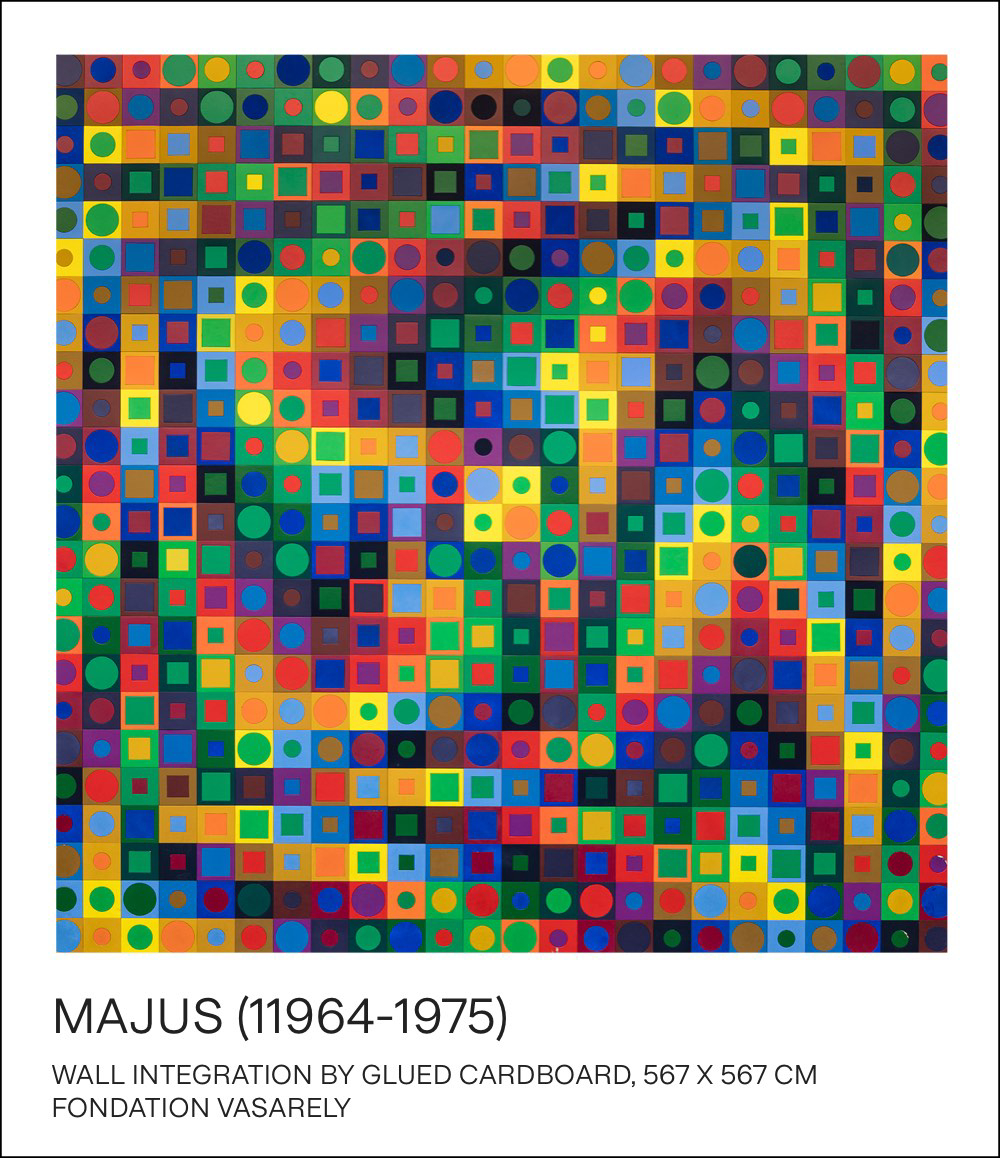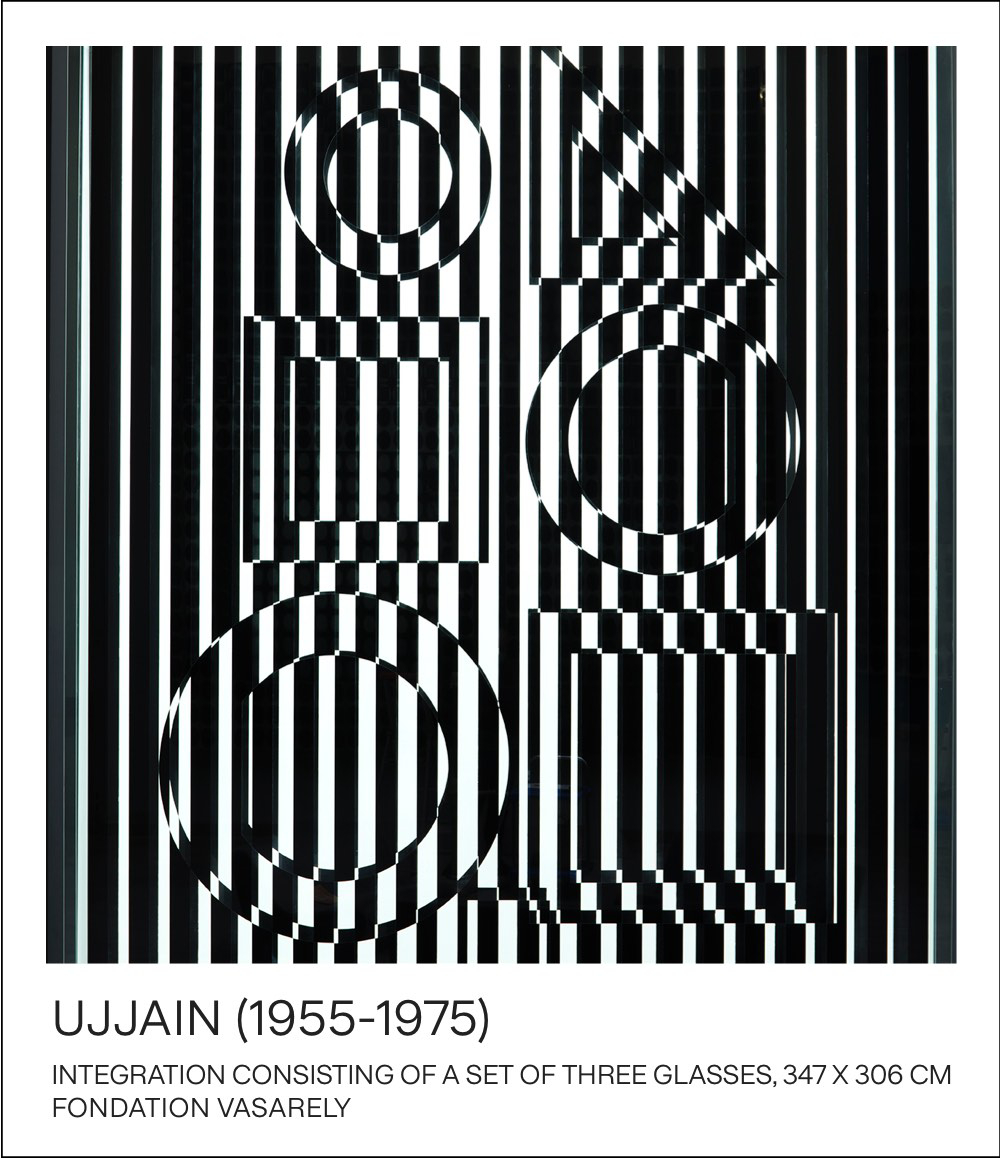- Australia / AUD $
- Canada / CAD $
- China / CNY ¥
- France / EUR €
- Germany / EUR €
- Hong Kong SAR China / HKD $
- Ireland / EUR €
- Italy / EUR €
- Japan / YEN ¥
- Kuwait / USD $
- Macao SAR China / HKD $
- Netherlands / EUR €
- Qatar / USD $
- Saudi Arabia / USD $
- Singapore / SGD $
- South Korea / KRW ₩
- Spain / EUR €
- Taiwan / TWD $
- United Arab Emirates / USD $
- United Kingdom / GBP £
- United States / USD $
- Not yours? Read more
Tell us what you think
Shop in your local currency and language
You are currently in United States US / USD $ store
- English
- English
- English
- English
- English
- English
- English
- English
- English
- English
- English
- English
- English
- English
- English
- English
- English
- English
- English
- English
- English
Did you know that we deliver to 130 countries or regions and offer a range of delivery options to suit you wherever you are in the world? Find out more
Sign up once to our Selfridges+ service and you can enjoy unlimited deliveries wherever you are in the world. FIND OUT MORE
International delivery
With almost everything on selfridges.com available for International Delivery, you can send your order to 130 countries or regions around the world, including North America, Australia, the Middle East and China.
Although we only offer 20 currencies to browse in online, you can still deliver to all of the following countries or regions:
- Algeria
- Andorra
- Antigua and Barbuda
- Aruba
- Australia
- Austria
- Azerbaijan
- Bahrain
- Bangladesh
- Barbados
- Belarus
- Belgium
- Belize
- Bermuda
- Bolivia
- Botswana
- Brunei
- Bulgaria
- Cambodia
- Canada
- Cayman Islands
- Chile
- China
- Colombia
- Costa Rica
- Croatia
- Cyprus
- Czech Republic
- Denmark
- Dominica
- Dominican Republic
- Ecuador
- Egypt
- El Salvador
- Estonia
- Finland
- France
- French Guiana
- Germany
- Gibraltar
- Greece
- Grenada
- Guadeloupe
- Guatemala
- Guernsey
- Guyana
- Honduras
- Hong Kong
- Hungary
- Iceland
- India
- Indonesia
- Ireland
- Israel
- Italy
- Jamaica
- Japan
- Jersey
- Jordan
- Kazakhstan
- Kenya
- Kuwait
- Laos
- Latvia
- Lebanon
- Lesotho
- Liechtenstein
- Lithuania
- Luxembourg
- Macau
- Malaysia
- Maldives
- Malta
- Martinique
- Mayotte
- Mexico
- Monaco
- Montserrat
- Morocco
- Myanmar
- Namibia
- Netherlands
- New Zealand
- Nicaragua
- Nigeria
- Norway
- Oman
- Pakistan
- Panama
- Paraguay
- Peru
- Philippines
- Poland
- Portugal
- Puerto Rico
- Qatar
- Reunion
- Romania
- Rwanda
- Saint Kitts and Nevis
- Saint Lucia
- Saint Martin (French part)
- San Marino
- Saudi Arabia
- Serbia
- Singapore
- Slovakia
- Slovenia
- South Africa
- South Korea
- Spain
- Sri Lanka
- Suriname
- Swaziland
- Sweden
- Switzerland
- Taiwan
- Tanzania
- Thailand
- Trinidad and Tobago
- Turkey
- Uganda
- Ukraine
- United Arab Emirates
- United Kingdom
- United States
- Uruguay
- Venezuela
- Vietnam
LOSE YOURSELF IN OUR UNIQUE CREATIVE COLLABORATION
In our ever-changing Corner Shop at Selfridges London, we’re thrilled to have unveiled a first-of-its kind, multi-layered cultural collaboration between Vasarely Foundation, Paco Rabanne and Selfridges. Over the coming weeks, Universe will explore the world of ground-breaking artist Victor Vasarely, his influence on contemporaries such as Paco Rabanne, as well as future tastemakers, in this extraordinary exhibition-meets-retail space. As we unpick the idea of what it means to be the best version of ourselves with SUPERSELF, we’ll be delving into the uplifting and enriching power of art to lift our mood.
So, join us to immerse yourself in the fascinating world of Victor Vasarely and his hypnotic Op-Art works (including original pieces and exclusive collaborations) and enjoy the feel-good colours and textures of the Paco Rabanne collections.
GET YOUR CREATIVE FIX WITH VASARELY’S ORIGINAL ARTWORKS
Drawing on colour theory and the physiology and psychology of perception, Victor Vasarely’s artworks invite you to look beyond the canvas and lose yourself in a perception-bending, multi-dimensional world. As part of this pioneering initiative – and a first for us here at Selfridges – you can shop original Vasarely art works and sculptures within our very own curated, climate-controlled gallery space (complete with a hypnotic Vasarely-printed floor) at The Corner Shop. With works for sale including the monochromatic Tilla (1958) and the vibrant Orion MC (1963), this is a unique opportunity to invest in a significant piece of art from the ‘grandfather’ of Op-Art, while also browsing some of his most famed works. What’s more, any proceeds that the Vasarely Foundation make from this unique project will be used to restore and upkeep works at the foundation in Aix-en-Provence, France.
IMMERSE YOURSELF IN THE FASCINATING WORLD OF VICTOR VASARELY AND OP-ART
Words by: Millie Walton, art writer and Editor-in-Chief of Trebuchet Magazine
Hungarian-French artist Victor Vasarely pioneered the Op Art movement – short for “optical art” – in the 1960s with his undulating, hypnotic forms that appeared to shimmer, bend and swell before the viewer’s eyes. While artists have long used varying techniques to create illusory effects that mimic depth, movement and light (the prominent artistic technique trompe l’oeil literally means “trick the eye”), it wasn’t until the emergence of Op Art that the mechanics of the gaze were given priority over the image itself. This was largely influenced by developments in science and technology, but also by wider cultural shifts and the dawn of the modern digital world.

Victor Vasarely working on his artwork © Fondation Vasarely
Television replaced radio as the dominant media outlet and increased consumerism led to creative innovations in advertising. Meanwhile, the influence of mod subculture began to spread across the globe along with the fashion for bold, brightly coloured, geometric patterned clothing and a fascination with the mind-bending effects of hallucinogenic drugs such as LSD, which could literally change the way people perceived shapes and colours. Then, at the end of the decade, in 1969, American astronauts Neil Armstrong and Edwin ‘Buzz’ Aldrin successfully made the first moon landing and, suddenly, the world was saturated with images of not only products, people and landscapes, but also of the cosmos. This new infinite world of planets, stars and galaxies influenced many artists and designers including the likes of Paco Rabanne, Pierre Cardin and André Courrèges who created haute couture pieces inspired by space suits and crafted from innovative materials such as PVC, acrylic and various metals.

Many of Vasarely’s artworks – most notably the Vega series in which spherical forms appear to balloon out from or recede into the surface of the canvas amid vibrant polychromatic grids – seem to not only recall cosmic forms, but also resonate with a newfound visual intensity that was as daunting as it was exciting. His sculpture ‘Orion multicolore’ (1970) makes direct reference to the influence of the cosmos both in the title (Orion is one of the most recognisable constellations, visible throughout the world and traditionally represented by the figure of a hunter with belt and sword) and the composition itself). The multicoloured grid of little squares appears to swirl inwards like a shimmering space vortex. As in many of his works, there’s a powerful sense of chaos and sensuality, but contained within the precision and regularity of the grid. This visual tension not only creates a dynamic and hypnotic image, but also reveals the artist’s sophisticated understanding of neuroscience.

Cell 6 of the Fondation Vasarely Tupa, 1972-1975 © Fondation Vasarely
Born in Hungary in 1906, Vasarely began his education at Budapest’s Eötvös Loránd University’s School of Medicine, which he attended for two years before deciding to study art – first at the Poldini-Volkman Academy of Painting and later, at the Mühely School, which was renowned for teaching Bauhaus principles. Nevertheless, he maintained a keen interest in science and was particularly interested in how art might be able to visually express scientific models in a more experiential and, crucially, relatable way. However, it wasn’t until he moved to Paris in 1930 that he began to develop his own distinctive style, strongly influenced by the vivid, nonrepresentational approach of abstract expressionists such as Piet Mondrian and Kazimir Malevich.

Vasarely’s painting ‘Zebra’ (1937) is generally regarded as one of the first examples of Op Art (27 years before the term was coined by Time magazine) and already demonstrates the artist’s awareness of how contrasts between background and foreground, light and dark can stimulate the eye to create a captivating range of visual sensations. The work draws on the naturally occurring optical illusion of a zebra’s stripes, a pattern which the artist returned to at other points in his career, but although we are able to identify the shape of two zebras intertwined, their bodies are only defined by the alternating black and white lines, which suggest a kind of rippling movement that feels both muscular and liquid.
While nature, particularly the transformative qualities of light, continued to have a powerful impact on Vasarely throughout his career, the fluid lines of his early ‘Zebra’ painting soon gave way to a more systematic approach that reflected not only his interest in mathematics and science, but also in the idea of art as a tool for communication. In 1960, he began to develop his ‘Alphabet Plastique’, which consisted of six simple geometric forms embedded in squares of pure colour. The idea was that these components or “units” could be adopted by other artists as a universal visual vocabulary and combined to create infinite possibilities – making new art accessible to everyone.
This concept was also very much aligned with the Bauhaus belief that art should have a functional purpose within society for everybody, an aim that Vasarely later pursued by exploring the intersections between art and architecture. Over the course of his career, he designed several public murals and, in 1976, he established the Fondation Vasarely in Aix-en-Provence. Working alongside architects, Vasarely designed the facade as a monumental optical artwork, comprising huge anodised aluminium plates decorated with geometrical motifs in black and white that are reflected on the surface of a large pond. He hoped the foundation would become a hub of innovation and creativity, a “laboratory of ideas”. While this ambition was never realised during his lifetime, today the foundation serves as both a public museum and an important site of reference for many artists.

Fondation Vasarely, Aix-en-Provence © Fabrice Lepeltier
Julien Dossena – the creative director of Paco Rabanne – is among the most recent to seek inspiration in the artist’s archives for the brand’s SS22 collection. Vasarely and Rabanne were contemporaries in Paris, and Dossena notes that they shared a similarly “experimental, radical and intellectual way of working”. He worked closely with the foundation to translate some of Vasarely’s most iconic pieces into playful, psychedelic garments, luxuriously crafted from silk, velvet and jersey with metal mesh, silver beads and jangling paillettes. The swelling spheres of ‘VP-108’ (1969), for example, appear on a crop top, skirt and bag while ‘Dia-SP-F1’ (1968) is reimagined in chainmail. “Paco Rabanne achieved the same balance between body consciousness, sensuality and modernism in fashion as Victor did in art. The materials they used were totally new for the time so there’s a brotherhood of experimentation,” Dossena told Vogue.
The collection was showcased in June 2021 on the rooftop of the Auditorium Rainier III in Monte-Carlo, Monaco, where models strutted across ‘Hexa Grace’, a monumental mosaic artwork created by Vasarely in 1979 as a commission for Prince Rainier III of Monaco in honour of his wife, the former film star Grace Kelly. The work comprises 24,000 diamonds made from volcanic lava and enamelled in 14 vibrant colours, forming a hexagonal shape that appears to expand out towards the Mediterranean Sea. Like all the artworks used in Dossena’s collection, the mosaic still feels fiercely modern over four decades after its creation.
“Victor Vasarely would have loved this confrontation and collaboration with the heirs of Paco Rabanne,” commented Pierre Vasarely, the artist’s grandson and the president of Fondation Vasarely who has collaborated with Selfridges to put together an exhibition of artworks shown alongside the Paco Rabanne collection and archival pieces. The exhibition aims to “demonstrate the vast expanse of Vasarely’s universe”, he says, as well as the continued relevance of not only his artworks, but his innovative approach to making art. “Victor Vasarely stood for social art, the integration of art into the city and programmable art long before the age of computers,” says Pierre Vasarely. “He was, above all, a visionary and a utopian.”

Paco Rabanne SS22 runway show, featuring the Hexa Grace moisaic on the rooftop of the Auditorium Rainier III © Yannis Vlamos
ENJOY THE MESMERIC WORKS OF ART AT HOME
You can shop collectible works of art in the form of exclusive Vasarely-inspired products that reflect those eye-catching effects. From standout skateboards with mesmeric geometric-print decks to cushions cloaked in myriad colourful squares and a notebook with a perspective-warping print that appears to move hypnotically – these standout pieces are guaranteed lift your mood and your space.

EXPLORE THE FEEL-GOOD PACO RABANNE COLLECTIONS
Celebrating the influence of Victor Vasarely on his contemporary, Paco Rabanne, and future designers at the fashion house, you can explore iconic pieces from both the archive – including Paco’s signature metallic disc dresses from his 1969 collection – and new season. Paco Rabanne's current Creative Director, Julien Dossena, was inspired by Vasarely’s expressive art style for his Spring/Summer 22 collection, utilising the artist’s celebrated optical illusion prints across co-ordinated outfit combinations in feel-good colours and textures. Available to buy in store and online, take your pick from bold psychedelic-printed tops and skirts to uplifting geometric-print wide-leg trousers. Look out for more details about our Paco Rabanne collaboration coming soon on selfridges.com.

PACO RABANNE Spring/Summer 22 collection © Yannis Vlamos










































